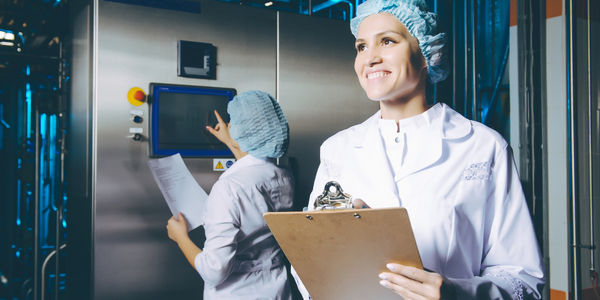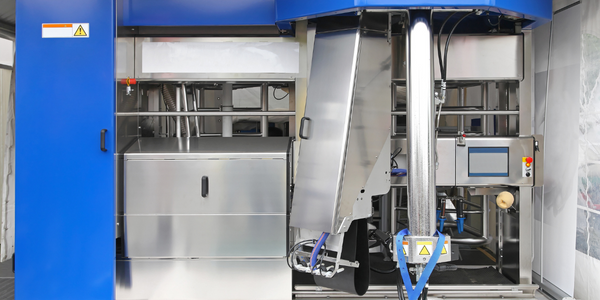Customer Company Size
SME
Country
- Australia
Product
- Agworld
Tech Stack
- Cloud-based platform
- Mobile application
Implementation Scale
- Enterprise-wide Deployment
Impact Metrics
- Productivity Improvements
- Cost Savings
Technology Category
- Platform as a Service (PaaS) - Data Management Platforms
Applicable Industries
- Agriculture
Applicable Functions
- Logistics & Transportation
- Procurement
Use Cases
- Farm Monitoring & Precision Farming
- Supply Chain Visibility
Services
- Cloud Planning, Design & Implementation Services
About The Customer
Anna Binna Farms is a 6,500-hectare farming operation located at Maitland on South Australia’s Yorke Peninsula. The farm grows a rotation of lentils, wheat, barley and Canola with hay production happening as well in some years, depending on the season. The farm is run by owner Ben Wundersitz along with a team of 4 full-time staff. The farm was struggling with keeping accurate records of everything that happens in the field using a pen-and-paper system. The system was not user-friendly for all team members and did not provide a good way to track important information such as withholding periods, amount of fertilizer or chemicals that need to be purchased or any other spray-related information.
The Challenge
Anna Binna Farms, a 6,500-hectare farming operation at Maitland on South Australia’s Yorke Peninsula, was struggling with their pen-and-paper system for farm records. The system was not user-friendly for all team members and did not provide a good way to track important information such as withholding periods, amount of fertilizer or chemicals that need to be purchased or any other spray-related information. The farm owner, Ben Wundersitz, was aware of the need to improve this part of their operation but was unsure of the best solution. The farm needed a system that required minimal data entry to reduce the risk of errors and inaccuracies. The system also needed to be well suited to both the size of the farm and the skills of the team.
The Solution
The farm's agronomist, Sam Holmes, introduced Agworld to Ben after he had started using Agworld himself in 2012. Agworld is a cloud-based platform that allows the team to collaborate on the same platform and minimise the need for data entry. The agronomist creates recommendations in Agworld and sends them through to the team. All team members have an iPad with Agworld on it and can see those recommendations and action them. A few taps turn a recommendation into an 'actual', creating the record that the farm owner needs. The system is simple and reduces the risk of errors. The farm owner and the agronomist sit together twice a year for planning purposes. They use Agworld to work on the rotation for the next year and create reports of exactly how much seed and other inputs will be needed. Once this is done, everyone involved in Anna Binna Farms can see what the plan is and what needs to happen at what time.
Operational Impact

Case Study missing?
Start adding your own!
Register with your work email and create a new case study profile for your business.
Related Case Studies.
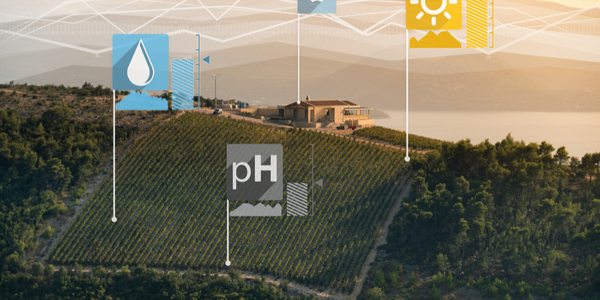
Case Study
Intelligent Farming with ThingWorx Analytics
Z Farms was facing three challenges: costly irrigation systems with water as a limited resource, narrow optimal ranges of soil moisture for growth with difficult maintenance and farm operators could not simply turn on irrigation systems like a faucet.
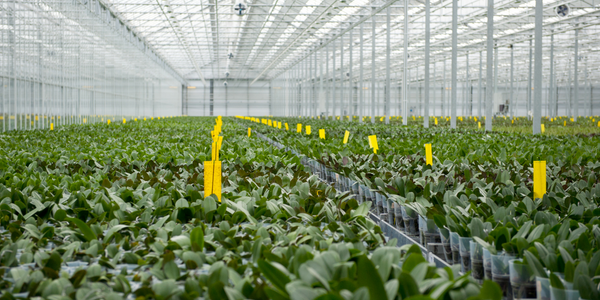
Case Study
Greenhouse Intelligent Monitoring and Control Solution
Farming Orchids is the most successful form of precision farming in Taiwan, and also the most exported flower. Orchids need a specific temperature and humidity conditions to grow and bloom, and its flowering time may not be in line with market demands, so the price collapses when there is overproduction. Therefore, some farmers began to import automated greenhouse control systems for breeding and forcing, which not only improves quality, but also effectively controls the production period and yield to ensure revenue. In 2012, an orchid farmer built a Forcing Greenhouse of about 200 pings (approximately 661 Square Meters) in Tainan, Taiwan. The system integrator adopted Advantech’s APAX-5000 series programmable automation controllers to build the control platform, coupled with Advantech WebAccess HMI/SCADA software, to achieve cloud monitoring. The staff of the orchid field can monitor important data anytime via smart phone, iPad, and other handheld devices, and control the growth and flowering conditions. System requirements: In the past, most environmental control systems of orchid greenhouses in Taiwan used PLCs (Programmable Logic Controller) with poorscalability and control, and could not be connected to the Internet formonitoring from the cloud. For advanced database analysis and networking capability, the PC platform must be adopted. Therefore, PAC Systems (Programmable Automation Controller) with both PLC programming capabilities andPC functions is a better choice.The environmental control of the Orchid greenhouse switches on and off devices like fan, shade net, cooling/heat pump, liquid flow control, water-cooling wall etc. It is controlled by a control panel of electric controllers, and is driven by a motor, to adjust the greenhouse temperature, humidity, and other environmental conditions to the set parameters.
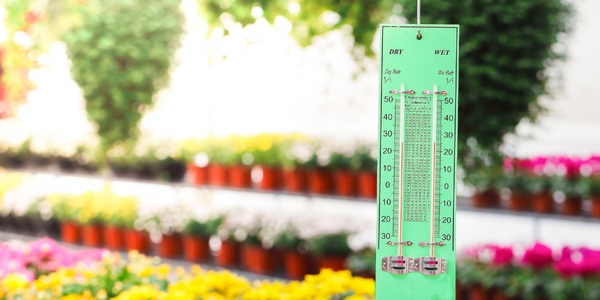
Case Study
Precision beekeeping with wireless temperature monitoring
Honeybees are insects of large economic value and provide a vital service to agriculture by pollinating a variety of crops. In addition, bees provide us with valuable products such as honey, beeswax, propolis, bee venom, etc. Monitoring of honeybee colony health, population, productivity, and environmental conditions affecting the colony health have always been exceedingly difficult tasks in apiculture. Research has shown that even small deviations (by more than 2°C) from the optimal temperatures have a significant influence on the development of the brood and the health of adult bees.
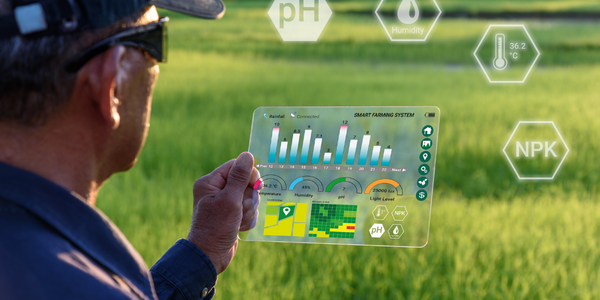
Case Study
Enabling Internet of Things Innovation in Agriculture
DigiBale, wanted to apply technology know-how and IP from implementations successfully to more agriculture sectors including cotton, forestry, sugarcane and cattle. However, farmers and growers still have worries about the connected technology.







